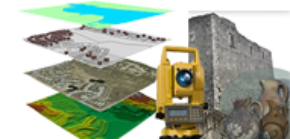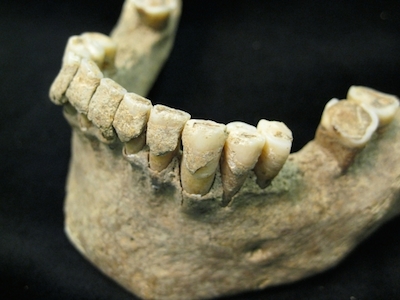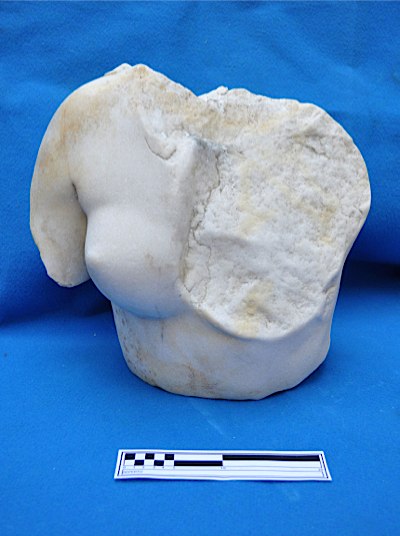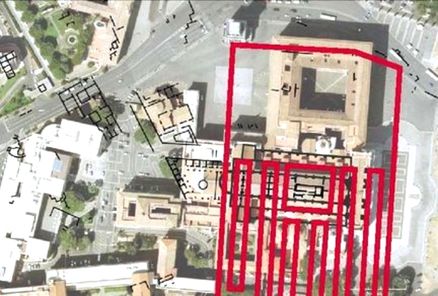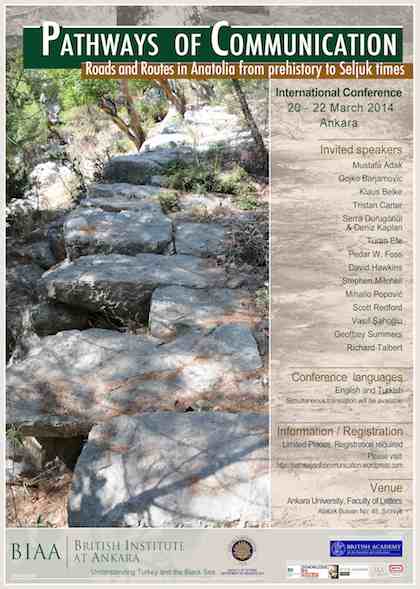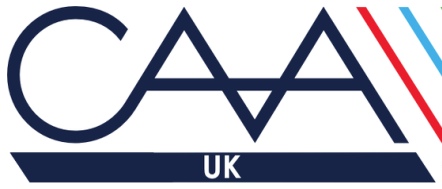Dental calculus, or tartar, present in a 1000-year-old skeleton has helped researchers find “microbial Pompeii.” The study showed that the germs that affected our ancestors continue to cause cavities in modern humans. Interestingly, the study also shows that microbes had the same genetic signature centuries before the arrival of antibiotics. Their research shows that dental calculus contains valuable information about microbial life affecting early humans. About 32 scientists at twelve institutions in seven countries participated in the current study. They analyzed the DNA of the ancient oral cavity to learn…
Read MoreCategoria: Link
EMASS 2014 – Early Medieval Archaeology Student Symposium
From site: The Early Medieval Archaeology Student Symposium is an interactive forum run for and by graduate research students who focus on the archaeology of the Early Medieval period, roughly the period between the 4th-12th centuries AD. EMASS aims to provide a constructive and interdisciplinary forum to facilitate discussion and debate between researchers from different institutions and specialities, in a constructive environment. To read the EMASS manifesto, click here. EMASS 2014 will be hosted by members of Durham, York, and Newcastle Universities and will be held in Durham The annual EMASS…
Read MoreQGIS 2.2 ”Valmiera”
QGIS 2.2 è stato rilasciato il 21 febbraio 2014 seguendo così un piano di rilascio pianificato a tempo ogni quattro mesi pianificato dopo il rilascio della versione 2.0. Per vedere gli aggiornamenti previsti e come questi verranno indicati si può vedere la “Road Map” degli aggiornamenti. Per avere un idea migliore rimando al bel lavoro fatto da Paolo Cavallinislides dal titolo “LE NOVITÀ IN QGIS 2.2“ Per scaricare QGIS 2.2 ”Valmiera” questa la pagina per i download; Una delle grandi risorse che ha contribuito a fare QGIS un software tanto usato e apprezzato oltre naturalmente ai suoi utenti,…
Read MoreNuove scoperte archeologiche nei fondali trapanesi
Sono state presentate ieri al centro conferenze della Marina Regia di Palermo, sede della Soprintendenza del mare, le ultime scopertearcheologiche effettuate nei fondali trapanesi. Il 16 Gennaio 2014 nel mare di Torretta Granitola a Campobello di Mazara (TP), Gianpaolo Mirabile, appassionato subacqueo, ha segnalato alla Soprintendenza del Mare la presenza di un reperto archeologico a pochi metri dalla riva e dunque a rischio di depredamento. Il suo pronto intervento ha permesso il recupero di una stele rettangolare cuspidata in pietra calcarenitica, sulla quale è raffigurata – entro una nicchia quadrangolare – una…
Read MoreRIEGL Introduces the World’s First App for LIDAR Data Visualization on the iPad: RiALITY!
RIEGL proudly announces its new iPad point cloud viewer: RiALITY, now available for free in the iTunes App Store. This new, innovative App, the first of its kind, allows users to experience LIDAR data in a completely new environment. It also allows easier LIDAR data demonstrations through the use of an iPad. RIEGL’s RiALITY App enables users to visualize and navigate through point clouds acquired with RIEGL laser scanners. As an example, users are able to explore a dataset of the beautiful Rosenburg Castle in Austria. RIEGL scans can also be imported from RIEGL’s RiSCAN PRO…
Read MoreBeni culturali: Dario Franceschini, urge il coraggio di essere radicali
Condividiamo l’articolo uscito ieri sul Manifesto del prof. G. Volpe: Dario Franceschini ha preso il posto di Massimo Bray. Il nuovo ministro dovrà subito mettere mano a numerosi provvedimenti e a iniziative, come il Progetto Pompei, dopo le nomine, non prive di problemi, del generale Giovanni Nistri a direttore generale (di fatto non ancora insediato), e del nuovo soprintendente Massimo Osanna. Il rischio di perdere i 105 milioni è sempre in agguato, ma soprattutto quello di perdere definitivamente la credibilità, insieme a uno dei siti archeologici più importanti del mondo. Un altro nodo da sciogliere è quello della riorganizzazione…
Read MoreI “Castra nova equitum singularium” rivelati sotto la Basilica di San Giovanni in Laterano
Ci son voluti tre anni di campagne di indagini col georadar. Ma ora le memorie dal sottosuolo di San Giovanni in Laterano hanno un’identità chiara. Un patrimonio che racconta la storia della basilica prima che diventasse «la basilica» di Costantino. Serve fare un piccolo salto indietro nel tempo, a quando l’area del Laterano era stata scelta dall’imperatore Settimio Severo (II-III secolo d.C.) per erigere i suoi «Castra nova equitum singularium», ossia la caserma dei cavalieri scelti. Dai sotterranei dell’area della basilica riaffiorano oggi porzioni finora sconosciute del grande corpo della…
Read MoreScientists reveal cause of one of the most devastating pandemics in human history
An international team of scientists has discovered that two of the world’s most devastating plagues – the plague of Justinian and the Black Death, each responsible for killing as many as half the people in Europe—were caused by distinct strains of the same pathogen, one that faded out on its own, the other leading to worldwide spread and re-emergence in the late 1800s. These findings suggest a new strain of plague could emerge again in humans in the future. “The research is both fascinating and perplexing, it generates new questions…
Read MorePathways of Communication
International Conference Pathways of Communication Roads and Routes in Anatolia from Prehistory to Seljuk Times Ankara, 20 – 22 March 2014 Conference venue: Ankara University, Faculty of Letters – Atatürk Bulvarı n. 45 | Sıhhiye Invited speakers: M. Adak, G. Barjamovic, K. Belke, T Carter, S. Durugönül & D. Kaplan, T. Efe, P. Foss, D. Hawkins, S. Mitchell, M. Popovic, S. Redford, V. Şahoğlu, G. Summers, R. Talbert vai al sito
Read MoreCAA UK 2014 – Call for Papers
Computer Applications and Quantitative Methods in Archaeology, UK Chapter Meeting 2014 The next annual meeting of the UK Chapter of Computer Applications and Quantitative Methods in Archaeology (CAA-UK) will be held in Oxford on 21st and 22nd March 2014. CAA-UK aims to encourage communication between UK-based archaeologists, mathematicians and computer scientists in order to stimulate research and promote best practice in computational and mathematical approaches to the past. Computational and statistical approaches have become an essential part of the tool-kit, so much so that they have become de rigueur. Whilst it has often…
Read More